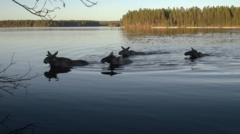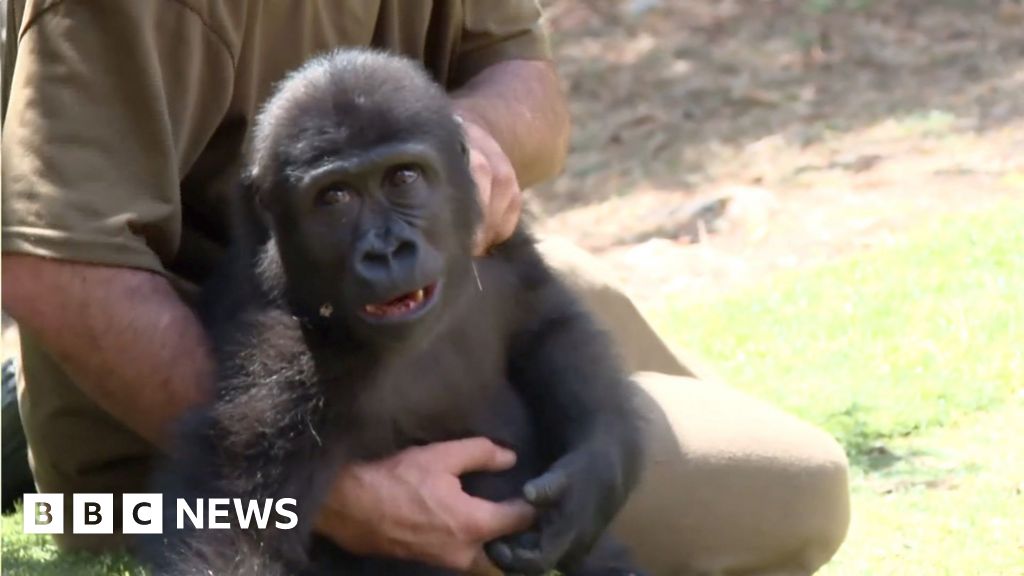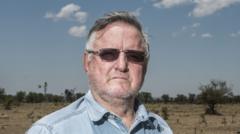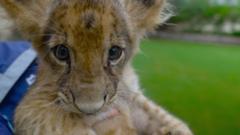Every spring for the past six years, a remarkable phenomenon has captured the attention of millions across the globe: “The Great Moose Migration.” This ongoing event showcases the majestic elk as they journey across the Angerman River, embarking on their annual trek toward lush, greener pastures.
The 24-hour livestream from SVT Play, the national broadcaster's streaming platform, commenced this year a week earlier than expected, prompted by the unusually warm April weather. The dedicated broadcast has transformed into a beloved “slow TV” event, nurturing a committed community of viewers since its debut in 2019.
Cait Borjesson, 60, is one of the many enthusiasts who became entranced by the livestream during the isolation of the Covid-19 pandemic. She has kept the stream running for 16 hours straight since its start on Tuesday. "It’s unbelievably relaxing," she shared. "The sounds of birds, the wind, the trees—it's like being in nature from the comfort of home." For Cait, the migration has become an essential yearly tradition; she even takes time off work to fully engage with the broadcast program. She describes this natural viewership experience as "like therapy," aiding in managing her anxiety.
Cait represents just one of the countless fans benefiting from SVT’s livestream, which has attracted a vast audience. A Facebook group dedicated to sharing experiences related to the migration boasts over 77,000 members, fostering discussions around favorite moments and collective admiration for the journey of these majestic giants.
A key focus during this migration is the village of Kullberg, adjacent to the Angerman River. The elk, known as moose in North America, serve as an emblem of Sweden's wilderness, with approximately 300,000 of them inhabiting the country’s woodlands. Goran Ericsson, a forest sciences expert, emphasizes that around 95% of the elk in northern Sweden engage in this annual migration, which has been occurring since the ice age.
The presence of warmer weather can influence migration times, yet this year’s early starts are deemed part of natural variability rather than an abnormality. For viewers, the experience is akin to peeking through an open window into the tranquility of the forest. Minh-Xuan Truong, a researcher from the Swedish University of Agricultural Sciences, noted that audiences appreciate the serene absence of background noise, preferring the organic sounds of nature to music or commentary.
In its inaugural year, the livestream attracted nearly a million viewers, demonstrating a steady rise; projections indicate it captured nine million viewers by 2024. The combination of real-time storytelling and the serene visuals of Sweden’s landscape continues to enchant global audiences, framing the elk not just as animals but as central characters in an unfolding narrative of nature and migration.



















